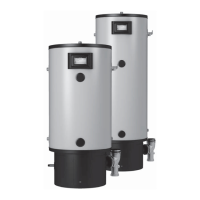
Do you have a question about the Polaris 200 series and is the answer not in the manual?
Certifications and standards compliance for the water heater.
Covers essential safety warnings, including fire, explosion, and breathing hazards.
Details installer qualifications, abbreviations, and pre-installation steps.
Provides physical measurements for installation planning and clearances.
Illustrates and lists components for both 34 and 50 gallon models.
Explains the function of pressure switches and the enable/disable switch.
Guidance on selecting a suitable location for the water heater, considering safety and access.
Details requirements for air supply, ventilation, and water quality for optimal performance.
Covers gas supply pressure, regulators, and piping requirements.
Details electrical supply requirements, wiring, and circuit protection.
Information on installing mixing valves and circulation pumps for system integration.
Addresses thermal expansion issues and requirements for closed water systems.
Specifies requirements for safe discharge piping of the T&P relief valve.
Details installation and maintenance for the condensate drain system.
Key factors and requirements for proper direct vent system installation.
Guidance on vent termination locations and planning the overall vent system layout.
Detailed steps for installing the air intake filter and adapter boot.
Instructions for installing vent terminals through sidewalls.
Guidance for installing vent terminals through roofs and walls.
Specific requirements for vent termination on flat and pitched roofs.
Clearances required for sidewall vent terminals according to Canadian codes.
Illustrates sidewall venting configurations and requirements.
Illustrates roof venting configurations and requirements.
Important safety precautions for installing concentric vent systems.
Configuration options for venting multiple water heaters concentrically.
Steps for correctly installing the condensate drain line.
Guidance for installing the gas supply line, including codes and materials.
Procedure for safely testing gas connections for leaks.
Instructions for purging gas lines according to safety codes.
Details on proper electrical wiring, grounding, and connections.
Requirements for water piping and references to piping diagrams.
Warns about the dangers of excessively hot water and scald prevention.
Safety considerations for the temperature-pressure relief valve discharge pipe.
Explains the function and operation of the high temperature limit control.
Details thermostat operation, settings, and scald hazard warnings.
Describes the electronic control system, UIM, and CCB components.
How to navigate the control system menus and understand the desktop screen.
Explanation of status icons displayed on the control system's LCD screen.
Defines the common operational states of the water heater.
Overview of available menus for accessing settings and information.
Instructions for adjusting water temperature settings and differential.
Information on viewing switch states, component status, and blower operation.
Adjusting display units, brightness, backlight, and contrast.
Accessing operational history, cycle counts, and software versions.
Displays current fault/alert messages, error codes, and causes.
Viewing past fault/alert logs and tracking the frequency of fault conditions.
How to enter and display contractor or service agent contact information.
Conditions prior to start-up, including initial smoke/odor and safety checks.
Step-by-step guide for filling the water heater tank with water.
Lists necessary test equipment for initial start-up procedures.
Preparation steps including control settings and gas pressure checks.
Information on safety labels and basic operating instructions.
Step-by-step guide for operating the water heater, including startup.
How to determine the actual firing rate based on gas consumption.
Considerations for installing the water heater at high altitudes.
A checklist of critical installation requirements to prevent errors.
Detailed description of the water heater's operational sequence.
Troubleshooting steps for ignition failures and rough operation.
Diagnosing and resolving problems with insufficient or excessive hot water.
Lists and explains fault/alert messages, causes, and diagnostic steps.
Guide to identifying common points of leakage on the water heater.
Regular checks for the venting system and the air intake filter.
Procedure for testing the T&P relief valve to ensure it is operational.
Steps for draining and flushing the storage tank for maintenance.
Guidance on when and how to contact service technicians.
Diagram showing the layout of components on the central control board.
Detailed schematic illustrating electrical connections for the water heater.
Wiring diagrams for connecting circulation pumps to the system.
Illustrates a standard piping setup for a one-temperature system.
Diagrams for integrating the water heater with an air handler system.
Piping diagrams for storage tank integration and recirculation systems.
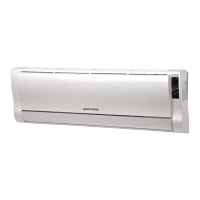
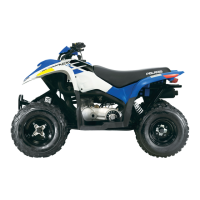
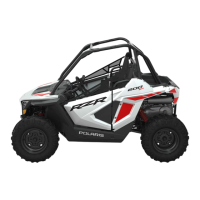
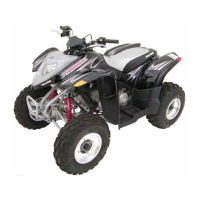
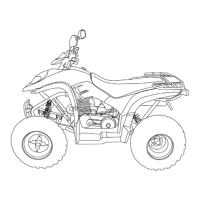

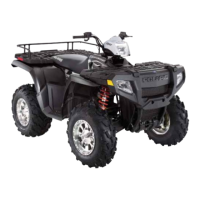
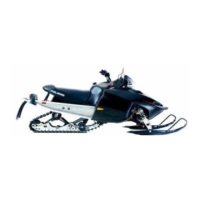
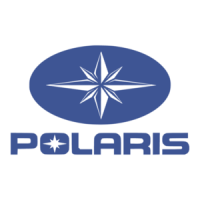
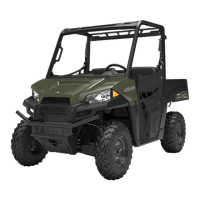
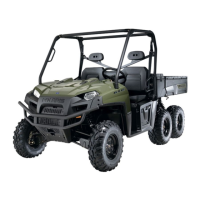

